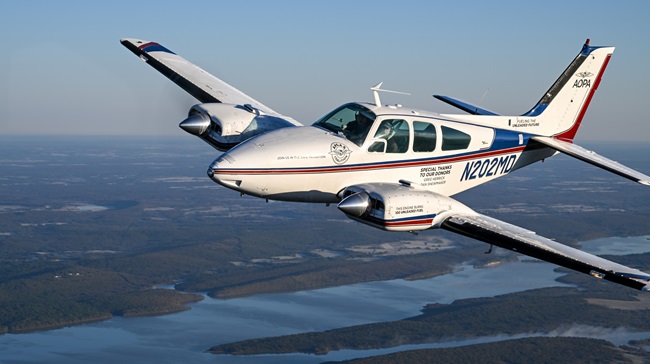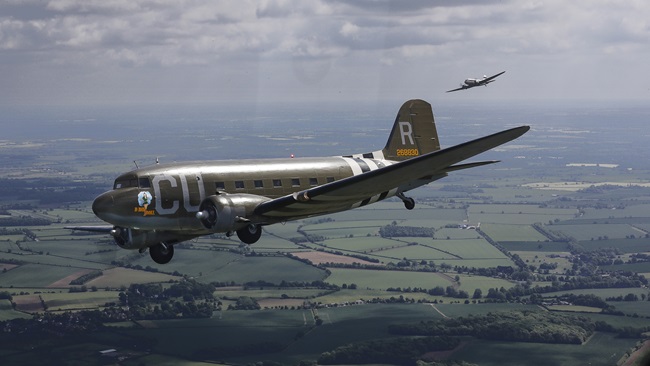NORAD raises airspace awareness ahead of Super Bowl
TFR incursion avoidance is the goal
As the last two NFL teams still in the championship hunt prepare for their Super Bowl meeting on February 11 in Las Vegas, the FAA, the U.S. Air Force, and the Civil Air Patrol have once again teamed up to ensure every pilot who will be in the Las Vegas area that day knows the drill.
“We’re doing a very extensive and tailored outreach program to all the airports, flight schools, fixed-based operations in the surrounding areas,” said Lt. Gen. Steven S. Nordhaus, the North American Aerospace Defense Command officer responsible for protecting the continental United States. “Civil Air Patrol, which falls under us as well, will be visiting 27 airports within three states around Las Vegas, and then we’re also calling another 27 airports into the FBOs there, and then we’re doing mailings out to pilots that are identified out to 100 nautical miles. So, we’re doing everything we can to make sure everybody’s aware, and that they can enjoy and watch the game while we, NORAD, watch the skies.”
Nordhaus, who keeps a hand in general aviation as the co-owner of a Piper Cub with his brother, said the Air Force is also taking a member of the local media for a ride in a fighter to further amplify the message and raise local awareness of why people on the ground might see fighters on patrol.
All of that outreach has had an effect over time, increasing attention pilots pay to reading notams early and often and reducing the number of incursions, Nordhaus said. “It’s been going down over the years.”
TFR violations to date have, without significant known exceptions, involved aircraft flown by pilots who were unaware that they were wandering into restricted airspace. The Air Force has a procedure for addressing that, which begins long before armed warplanes get involved. The military first works with the FAA to contact the aircraft by radio on various frequencies including 121.5 megahertz, while the defense team gathers as much information as possible about the target to assess the potential threat. If the offending flight continues to penetrate the TFR, then the warplanes (or helicopters) get involved.
“Then NORAD may use a fighter to intercept, help identify the known object and then, from that standpoint then, we would appropriately look at the potential threat in the sovereign airspace there, and then we would do everything we could to after intercept to safely escort it out of the temporary flight restriction,” Nordhaus said.
The FAA has published procedures for that, too. Pilots who spot a fighter on their wing should maintain steady course and speed while attempting to contact the fighter (or ATC facility) on 121.5 MHz, and follow instructions. A transponder set to 7700 will also alert ATC and the Air Force that the pilot of the intercepted aircraft is aware of the intercept, and prepared to follow instructions.
If all of that fails, fighter pilots have probably been practicing some slow flight to form up with Cessnas and Pipers as the mission might require, should an errant pilot remain unaware of the situation. They start that procedure with attempts to communicate by radio, followed, if needed, by maneuvers that get increasingly aggressive, potentially culminating with a “head-butt”—the sort of attention-getting tactic that AOPA reported on after taking part in a demonstration with the Air Force and Civil Air Patrol in 2012: “On the fourth and fifth passes, he crossed our path from below in a hard climbing turn with the engine in afterburner and vapor condensing at the wing roots,” AOPA Pilot Editor at Large Dave Hirschman wrote of the experience riding along in a Civil Air Patrol GippsAero G–8 Airvan playing the role of violator in the heavily guarded Washington, D.C., Special Flight Rules Area and Flight Restricted Zone.




